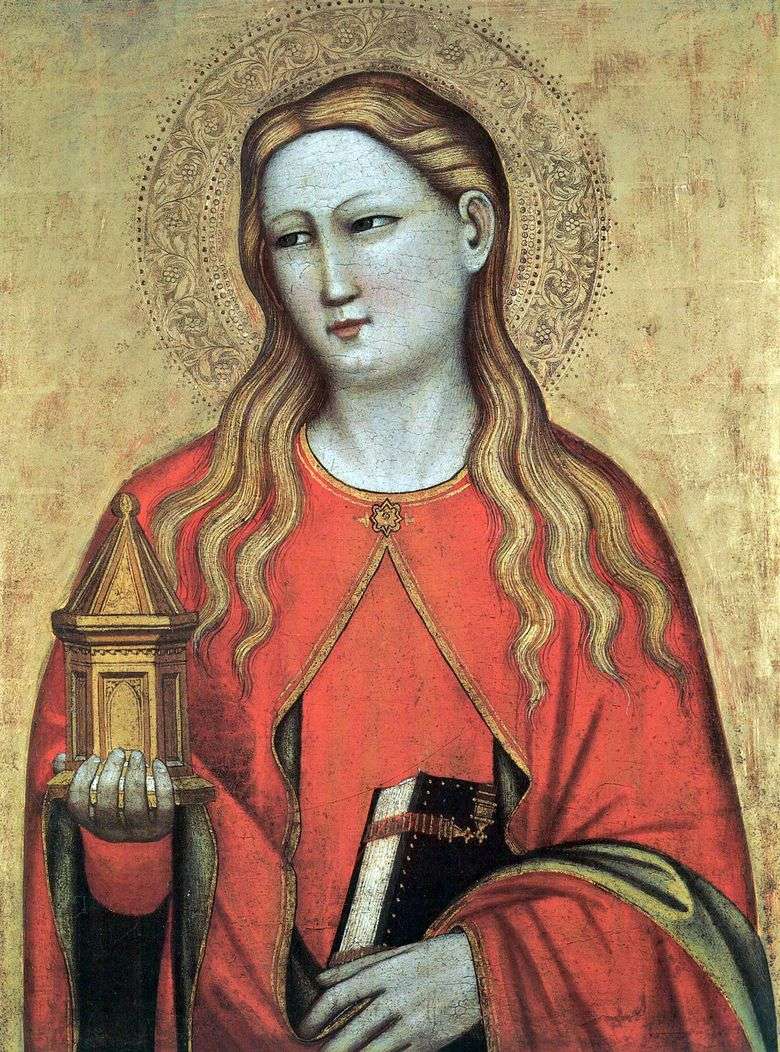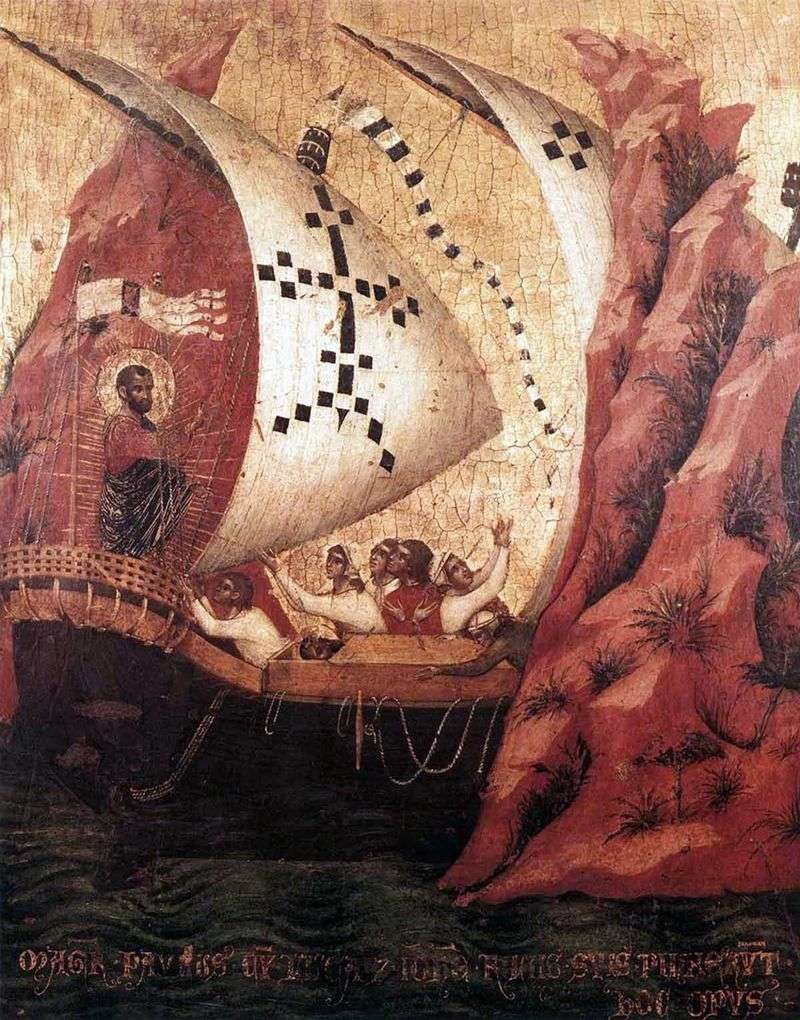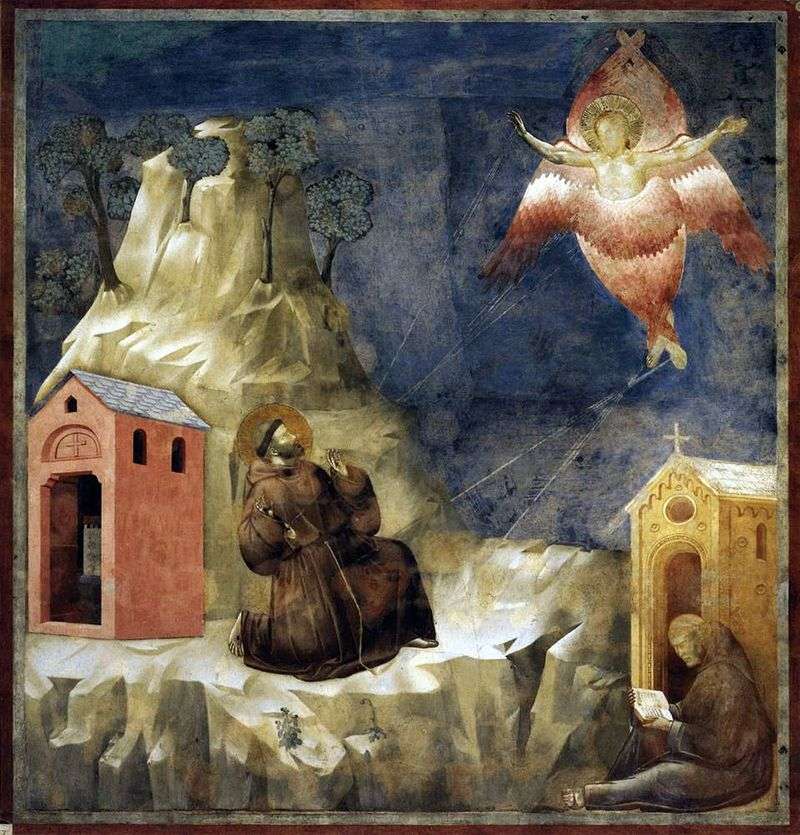
Antonio Veneziano is one of the famous Italian masters of the 14th century, followers of Giotto. The first documentary information about the artist refers to 1369. He came from Venice, hence his nickname – “Veneziano”. He studied master in Florence with a student of Giotto – Taddeo Gaddi.
In 1370 the artist executed the murals in the dome of the cathedral in Siena, later they performed a series of frescoes with scenes from the life of St. Ranieri. Not all monumental paintings of the master survived to this day. So, his frescoes completely disappeared in the Palazzo Doge in Venice. In his fresco cycles, the artist continued the tradition of Giotto, but in his works more detailed scenes are developed, and they are more narrative.
In the easel works, Antonio Veneziano also focused on the art of Giotto, on his techniques of “black and white modeling” in the image of the face. However, the images created by the artist turned out to be more dynamic and vital, full of more sensuality. After 1388, the name of Antonio Veneziano in documentary evidence is not found.
 Sainte-Marie-Madeleine – Antonio Veneziano
Sainte-Marie-Madeleine – Antonio Veneziano Santa María Magdalena – Antonio Veneziano
Santa María Magdalena – Antonio Veneziano St. Mark reassures the sea by Paolo Veneziano
St. Mark reassures the sea by Paolo Veneziano Cathedral of San Giovanni e Paolo and Piazza San Marco by Antonio Canaletto
Cathedral of San Giovanni e Paolo and Piazza San Marco by Antonio Canaletto Birth of Mary by Pietro Lorenzetti
Birth of Mary by Pietro Lorenzetti Stigmatization of St. Francis by Giotto
Stigmatization of St. Francis by Giotto Madonna on the throne, Zechariah, John the Baptist and Mary Magdalene by Francesco Parmigianino
Madonna on the throne, Zechariah, John the Baptist and Mary Magdalene by Francesco Parmigianino Mary Magdalene by Michelangelo Merisi and Caravaggio
Mary Magdalene by Michelangelo Merisi and Caravaggio